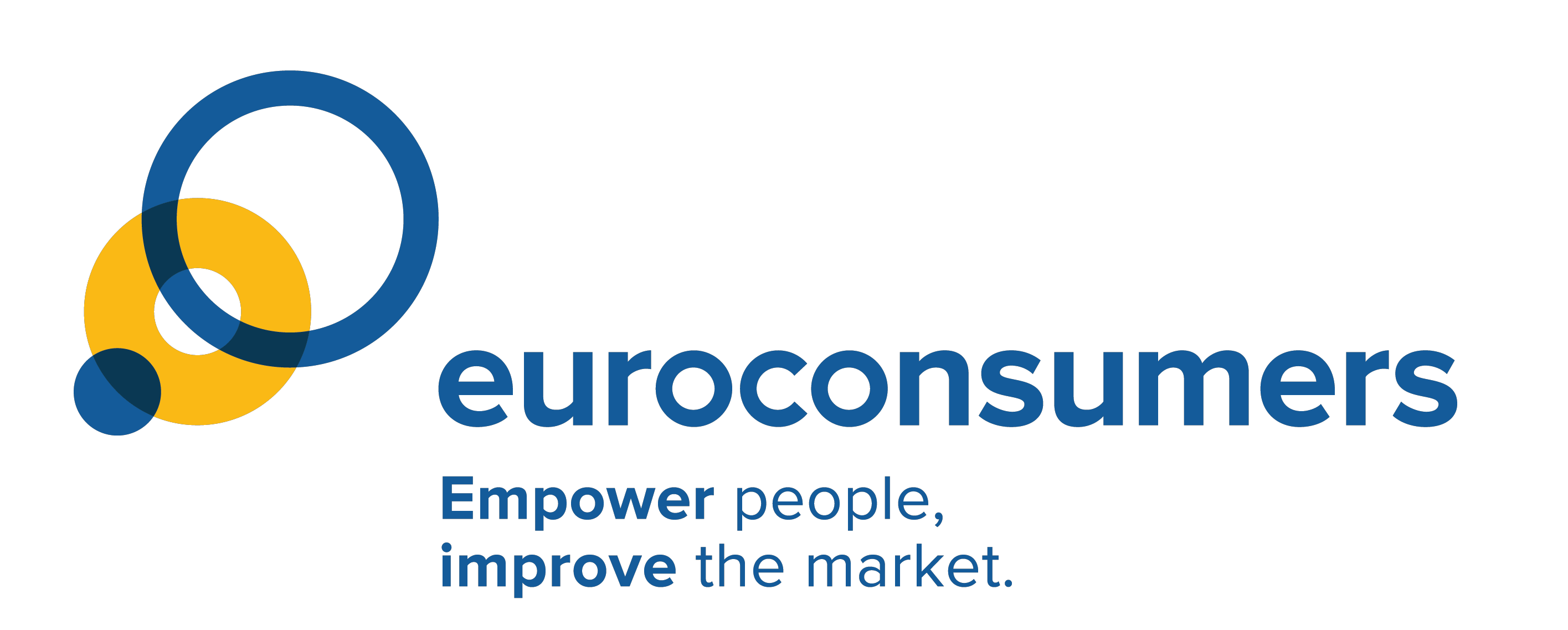PROMPT project shows how to design and test for durability

Consumers are being let down by products that break down too soon. Far too many products are discarded and replaced when they could be repaired and be in use for much longer. This ‘premature obsolescence’ creates tonnes of waste and means more energy is needed to dispose of and then create new replacement products.
PROMPT is a multistakeholder consortium seeking solutions to the unnecessarily short life spans of products like mobile phones, washing machines and TVs. The research team brought together consumer groups, researchers and repair specialists to understand why it was happening and how to change it.
This systemic problem needs to be tackled from all sides so that durability and repairability become established expectations.
The results of the project will be shared at an event in Brussels on 28 March 2023. Here are the top takeaways from the project research, explaining what’s needed to change the way we produce, use and repair products:
1. Premature obsolescence is systemic and widespread
Our research found that in over 16,000 cases across seven EU countries, consumers highlighted products failing before their expectations and/or being too hard or costly to repair. Smartphones, printers, washing machines, TVs and dishwashers were in the top 5 of short-lived products.
Half of smartphone failures were due to problems with just three things: batteries, screen, software
But, a handful of components are at the heart of most of the problems. In the case of around 2,100 smartphone failures, more than half were due to one of three things: batteries, screen failure and software. For washing machines, almost one third of reports were due to the electronic controller, followed by the drum bearings. It’s obvious that targeted changes could have a big impact.
2. Repair is not yet the go-to option
If we want to reduce waste and obsolescence we need to change course from a ‘throwaway culture’ to a ‘repair culture’. As things stand, several factors make it difficult to get a product repaired.
First of all, many products are simply not designed to be repaired. Practically, it can take up to 30 minutes for professionals to take apart the screen of a smartphone, plus software tools can make repair very difficult or nearly impossible for third party repairers. This adds time and costs to repairs.
On the consumer side, cost is the number one reason why consumers choose not to repair. Repairs and replacement parts are expensive and it can be difficult to find high quality, easily accessible repair stores. It’s not surprising that consumers have not developed a repair habit, but there’s plenty that can help.
We need to change course from a ‘throwaway culture’ to a ‘repair culture’
Better ways of diagnosing problems, much easier disassembly, improving information on repair services and preventing manufacturers putting barriers on third party access will all support a repair reflex. Making maintenance easier can also prevent problems in the first place.
Last week, the European Commission proposed new regulations on a Right to Repair which aims to make repair the go-to option whilst a product is covered by legal guarantee.
But with cost as the driving factor in choosing not to repair, consumers would benefit from financial support for repairs like removing VAT or other subsidy.
3. Testing matters to drive compliance and help consumers compare
Requirements for product features including product durability, reusability, upgradability and reparability will apply to almost all products on the EU market through the new Ecodesign for Sustainable Products Regulation.
With these new requirements, product testing will be critical in getting clear and robust information out to consumers on how products are likely to perform over a lifetime, and how easily they can be repaired.
Using expertise from consumer testing labs and research organizations, PROMPT investigated how an independent testing program to assess the lifetime of consumer products could work. It looked at how to test for: technical reliability and how it was designed for diagnosis, repair and maintenance.
However, testing for reliability and repairability on top of traditional requirements like energy efficiency will inevitably add costs and time.
At the same time as developing testing regimes, businesses, market surveillance authorities and consumer organizations should also be planning how to work together to maximise time and resources. The PROMPT team came up with the following suggestions:
- The European Commission could learn from other platforms in the product safety and automotive world which enable independent testing organizations to submit the results of their tests and flag potential problems of compliance.
- The European Commission could also collect and monitor data on product failures and repairability to inform policy measures.
- For internet-connected devices, testing bodies and independent repairers should have access to repair information, predictive maintenance, data on performance or energy use etc produced by the product software to help with repairs.
4. Psychological barriers need to be addressed
A long term, systemic issue like product obsolescence will inevitably have an impact on consumer psychology around what makes a desirable product and what drives replacement over repair. We are used to a market where a high value is put on constantly upgrading ourselves and our products.
The PROMPT research found that consumers would often replace products, particularly popular ones like televisions even though they still work.
Even in a world where products are perfectly “eco-designed”, durable and repairable, we can’t guarantee consumers would stop discarding functioning products.
Design and cultural changes are needed to promote products used for longer. While this kind of cultural shifts will go beyond the PROMPT project, it did identify some measures that could help shift to more sustainable consumption, including lifetime information, upgradeable design, providing point-of-sale durability and repair information, promoting second-hand habits, awareness campaigns, manufacturer’s policies and more.
The PROMPT project results were shared at an event on 28 March 2023 called ‘To bin or not to bin? How testing can help design products that last longer’. Here you’ll find the recordings of the event, divided into two parts:



